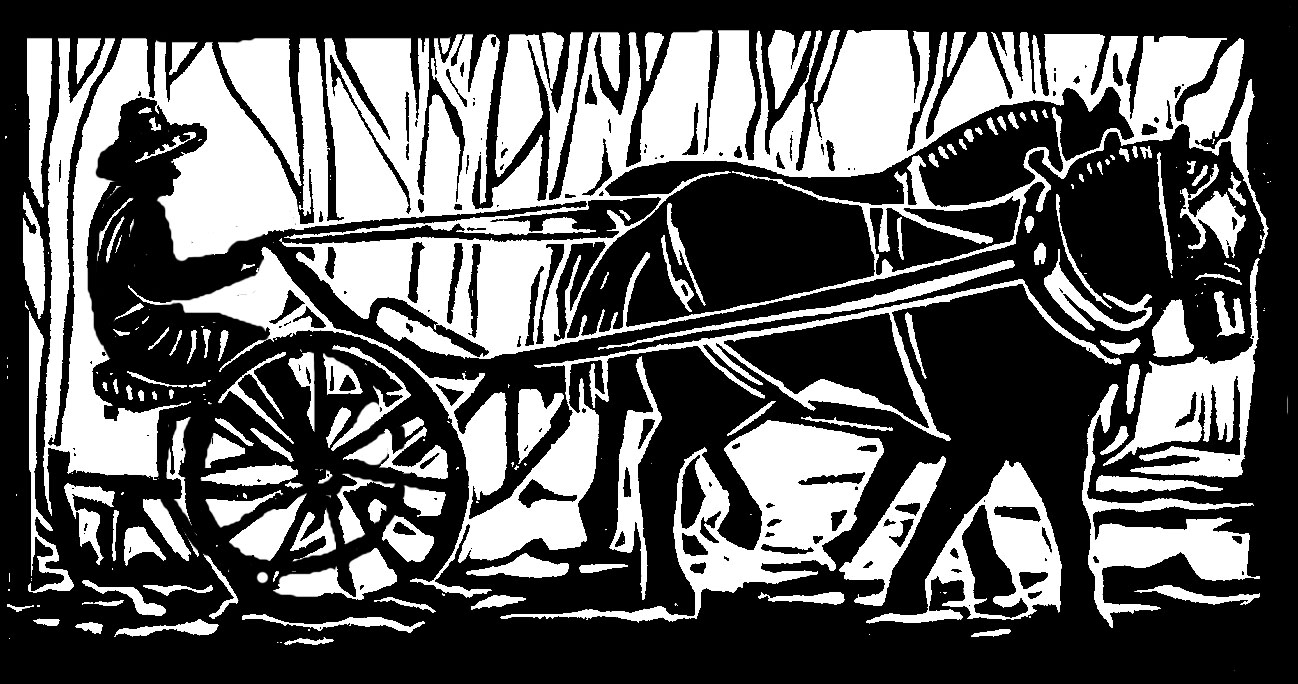Not long ago, someone asked us what time we farmers get up in the morning.
I looked at my fellow farmer, who seemed too sleepy to comprehend the question, and then I answered: “Well, in the beginning of the season, we’re working in the garden by 5 a.m. But this time of year? We feel like we’re doing pretty well to be out there by 6:30 in the morning.”
Yes, indeed, we get wearier and wearier as the season goes on, and we are hard-pressed to motivate ourselves to work until 9 p.m., as we also do earlier in the season. We are not sorry that the sunlight slowly starts decreasing at the June solstice. We are happy, and we are even happier, here in September, for the slowly increasing sleep-time.
Now we’ve started compiling a sleepy farmer list:
Example One: As with most people, when we are tired, our brains slow down too. In fact, as I was trying to divide the number of tomatoes we’d harvested one September day by the number of CSA members who were coming, in order to figure out everyone’s share of the harvest, I came up with quite a number: 2,904.
“Wow!” I said to my fellow. “Every member gets 2,904 tomatoes today!”
“Wow!” he said back. “No wonder we’re so tired!”
Then we had a big laugh, imagining 25 people putting 2,904 tomatoes in their baskets and bags, and stuffing them to their cars, and hauling them into their kitchens.
Then we had an even bigger laugh, because I was doing my hard math with a calculator, not even with my brain, and still the tomatoes came out to 2,904. I tried again, really concentrating on those little buttons, and that time I got 17.
Now that’s a reasonable number of tomatoes, especially if you are throwing them all in a big pot and making sauce, as we are this time of year, which is what we told our CSA members who thought 17 tomatoes, particularly when combined with the quarts of cherry and plum tomatoes for the day, was less reasonable than we did. Of course, the members had no idea how narrowly they missed 2,904 tomatoes.
Example Two: This year, in an effort to save our fall brassicas from flea beetles and woodchucks, we covered the plants with our fancy new bug netting, which worked wonderfully, with two exceptions.
Exception One: The woodchuck cleverly dug a tunnel that came up right under the beautifully protected-from-detection-and-predators bug netting. Thus, when we pulled off the cover to get at the weeds, we found: the weeds, the woodchuck hole, and the chewed-on broccoli and kale, which is enough to make a weary farmer cry, and which is not even the point of this story.
The point of this story is Exception Two: we also found two plantings of lettuce, which we had totally forgotten were there, and which were not able to muscle their way past the weeds as the brassicas did.
“Did we plant these here?” I said, knowing full well that no one else plants anything here.
My fellow shook his head in disbelief. “If we did, I wish we had weeded them a lot sooner.”
Oh, the poor tiny forgotten heads of lettuce. At least the woodchuck hadn’t chewed on them. (Plus the woodchuck only made a tunnel under the broccoli/kale lettuce netting and not the separate netting for the cabbage/Brussels sprouts next door. Wasn’t that thoughtful?)
Example Three: One September morning I woke up to find an unripe cherry tomato in my hair. It spent all night in bed with me, apparently.
“Look at this,” I said to my fellow farmer, untangling the hard little green tomato.
“Wow,” my fellow said, and fell back to sleep. Zzzz.
Originally published in the Monadnock Shopper News, Sept 21-27, 2022
